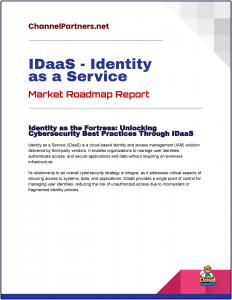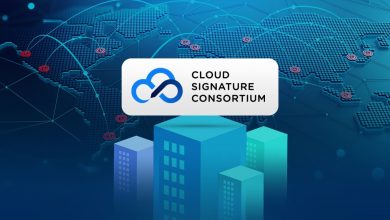Best Passwordless Strategy for MSPs
By adopting a passwordless strategy, MSPs can protect SMBs from identity-based attacks, simplify user access, and reduce operational costs.
 A passwordless strategy is an authentication approach that eliminates traditional passwords, replacing them with more secure and user-friendly methods to verify a user’s identity.
A passwordless strategy is an authentication approach that eliminates traditional passwords, replacing them with more secure and user-friendly methods to verify a user’s identity.
It aims to enhance security by reducing vulnerabilities associated with passwords (e.g., phishing, weak passwords, reuse) while improving the user experience by simplifying logins.
Passwordless strategies are often aligned with Zero Trust principles, requiring continuous verification and context-based access control.
By adopting a passwordless strategy, MSPs can protect SMBs from identity-based attacks, simplify user access, and reduce operational costs, all while meeting compliance requirements and enabling rapid deployment through platforms like Okta. This approach aligns with modern security needs, where traditional passwords are a significant weak point in cybersecurity.
It can be implemented via popular identity platforms like Microsoft Entra.
 IDaaS – Identity as a Service
IDaaS – Identity as a Service
IDaaS is a foundational element of a modern cybersecurity strategy, serving as the backbone for secure identity management and access control.
An IDaaS (Identity-as-a-Service) platform enables Managed Service Providers (MSPs) to offer passwordless authentication capabilities by providing a centralized, scalable, and secure identity management infrastructure that eliminates reliance on traditional passwords.
By leveraging IDaaS platforms, MSPs can deliver robust, scalable, and user-friendly passwordless authentication, addressing client needs for security, compliance, and simplicity in a streamlined manner.
ZeroTek
The product outlined on ZeroTek’s page, “Best Passwordless Strategy for MSPs,” is a SaaS platform integrated with Okta’s enterprise-grade Identity and Access Management (IAM) solution, tailored for Managed Service Providers (MSPs). It enables MSPs to deliver passwordless authentication to small and medium-sized businesses (SMBs), enhancing security and user experience. Key features include:
Passwordless Authentication: Replaces passwords with secure methods like biometrics, FIDO2 security keys, or mobile device-based authenticators, reducing risks from phishing, credential theft, and weak passwords.
Single Sign-On (SSO): Provides seamless access to thousands of apps via Okta’s Integration Network, streamlining user logins and reducing administrative overhead.
- Multi-Tenant Dashboard: Allows MSPs to manage multiple clients’ IAM needs from a single, intuitive interface, simplifying deployment and oversight.
- Zero Trust Architecture: Ensures continuous verification of users and devices, aligning with compliance requirements like HIPAA, GDPR, and PCI-DSS.
- MSP-Centric Features: Offers flexible, pay-as-you-go pricing, role-based access control (RBAC), audit logging, and Okta-certified support to optimize MSP operations and scalability.
- Reduced Operational Costs: Minimizes time spent on password resets and helpdesk tickets, freeing resources for strategic tasks.
The platform empowers MSPs to protect SMBs from identity-based cyberattacks, which account for a significant portion of breaches, while offering a frictionless user experience and enabling compliance with regulatory standards. ZeroTek’s integration with Okta allows rapid deployment and management, helping MSPs grow revenue by delivering robust, modern IAM solutions.
Zero Trust Solutions
For Managed Service Providers (MSPs), as highlighted in ZeroTek’s platform, Zero Trust enables secure, scalable IAM solutions for SMBs. By integrating with Okta, ZeroTek’s passwordless strategy uses Zero Trust to eliminate weak passwords, enforce continuous verification, and provide centralized management, reducing vulnerabilities and operational costs while meeting compliance needs.
Zero Trust is critical in today’s threat landscape, where 61% of data breaches involve stolen credentials (per Verizon’s 2023 DBIR). It shifts security from static defenses to a dynamic, identity-centric approach, ensuring robust protection for modern digital ecosystems.



